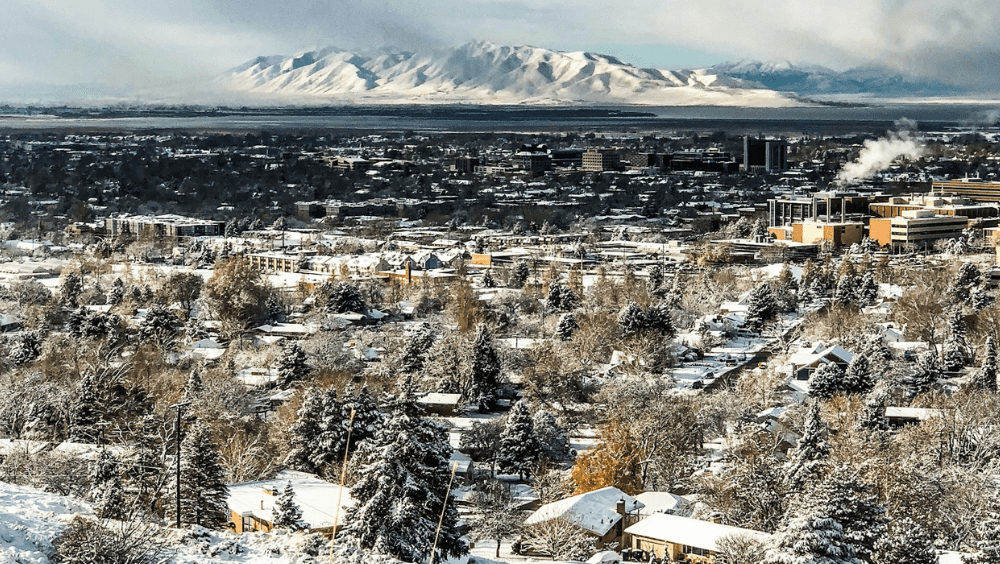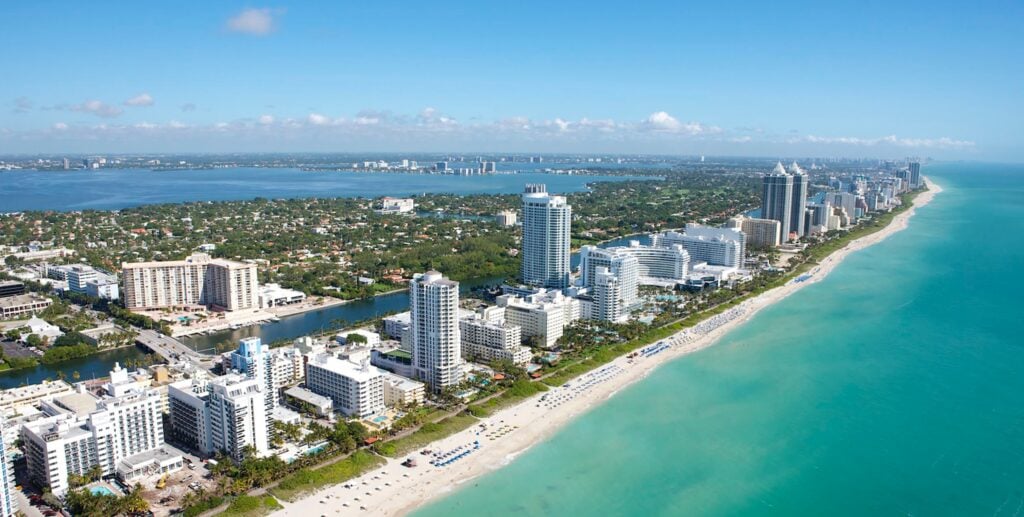Alberta is the only province making the most of Canada’s most valuable natural resource—young workers. Statistics Canada (Stat Can) interprovincial migration data shows it was the only province that managed to attract young workers, aged 25 to 45 years old. This demographic is critical to regions, driving economic growth and long-term prosperity. It’s the only affordable province that continues to make net gains from other provinces, proving they’re doing more than just providing affordable housing. Alberta is actually trying to win them over, and it’s working.
Why Young Workers Are Better Than Gold—Even Black Gold
Young workers are one of the most important demographics for understanding a region’s future. These workers, between 25 and 44 years old, are at peak productivity, driving consumption (homes, cars, families) and taking career risks (entrepreneurship, big investments). Their migration patterns reveal which regions are primed for real opportunities, not just cheap housing.
It also happens to be important years for risk, which plays a large part in developing a career and wealth. These are the years that people take big bets such as rapid career development or entrepreneurship. Since wealth and retirement are also primarily based on compounding investments, the success at this age can also determine the future prosperity of its population.
Today we’re looking at this demographic’s net interprovincial migration, or the balance of those leaving and arriving from other provinces. Places with a rising net flow are not only better able to keep their young adults, but manage to attract more from other provinces than they lose. The flow strongly reflects the attractiveness and success of this demographic.
Most policymakers ignore this number since they view people as generally replaceable via immigration. Lose a young worker, gain two to replace them from whatever country policymakers are hoping to gain influence in (seriously). That logic fails since recent immigrants are having difficulty finding a job, meaning the trade has resulted in more liabilities than gains. The young workers leaving also have experience with the region and are making an informed decision. It’s easy to trick immigrants for a short period, but eventually the highest skilled immigrants move with the opportunity.
Canada’s Young Workers Fled Every Province But Alberta
Net interprovincial migration of young workers (25 to 44 years old) in 2024.
Source: Statistics Canada; Better Dwelling.
Only two provinces had net gains of young workers, and only one gained enough to not be considered a rounding error—Alberta. The annual net flow of young workers hit 18.4k people in 2024. It marked the third consecutive year of accelerating growth, following a dry spell of outflows that kicked off with the 2015 oil recession. That changed post-pandemic, with last year marking the largest net inflow in the province’s history.
New Brunswick eked out a net gain of just 299 workers—a rounding error by most measures. Initially a big winner of young workers during the Great Migration in 2021, that energy is fading as policymakers seek to quash working from home. A decision primarily made to protect real estate values in large urban cores.
Alberta Is Attracting Canada’s Young Workers At A Record Pace
Alberta net interprovincial migration of young workers (25 to 44 years old).
Source: Statistics Canada; Better Dwelling.
Ontario Is Canada’s Biggest Loser of Young Adults, BC Slips
All other provinces and territories managed to see a net loss. Ontario remains the undisputed champion of young worker losses (-8,094 people), a title it’s held for 4 consecutive years. It was followed by losses in Manitoba (-3,122 people), Quebec (-2,163), and BC (-1,772).
Ontario used to lead net gains for young workers. That changed after peaking in 2017, and turned to net losses in 2020.
Alberta Winning Over Young Workers Isn’t An Accident
Why has Alberta been so successful at attracting the Canadians almost any country would covet? Alberta’s success wasn’t an accident. While affordability lured workers from BC and Ontario initially in 2021, the province recognized the opportunity. Rather than fizzling out like the migration to Nova Scotia, it continued to attract young workers by having the highest average incomes, low taxes, and you know, actually trying.
Alberta fostered the growth by launching its well-publicized Alberta’s Calling campaign. Most people have seen the ads, but may not realize it was a more complicated strategy than just buying some prime glossy ad space. It was a 3-phase campaign to capitalize on that growth, diversify its economy, and rebrand it as more than a province with just a lot of oil money.
- Phase 1 (2022) Targeted frustrated Toronto/Vancouver professionals who were skilled, educated, and making substantial money but not getting very far. They focused on selling these people in the traditional business centers on housing affordability, commute times, career opportunities, and quality of life.
- Phase 2 (2023) recruited trades, healthcare, and tech workers from Southern Ontario and Atlantic Canada. They also went after professional services like accounting, engineering, and technology. Afterall, they had all of those skilled, educated Toronto and Vancouver workers to capitalize on.
- Phase 3 (2024) filled gaps in its skilled trades to build out its infrastructure. It focused on attracting workers, especially in construction, located in BC, Ontario, and Quebec. They even offered a $5k moving bonus to eligible trades to help offset moving costs, which goes a long way with recently minted skilled tradespeople. It’s also a drop in the bucket considering the cost those provinces are sinking into creating those apprentices.
BC is the only province reacting to the losses. It’s new territory for the province which showed gains for more than a decade prior to last year. The BC Business Council launched a reactive counter campaign to stop the outflows. Hard to tell if it had a material impact so soon, it was only launched in December. However, Alberta’s approach of selling people on what it’s got, seems like a stronger proposition than BC telling people please don’t leave, we can change.
At least BC is trying. Many provinces will continue to struggle to understand why recent immigrants aren’t a direct replacement for the young workers they lose. Perplexed by the fact that healthy economies yield more growth and produce greater long-term value than those that focus on short-term exploitation.



















 English (US) ·
English (US) ·